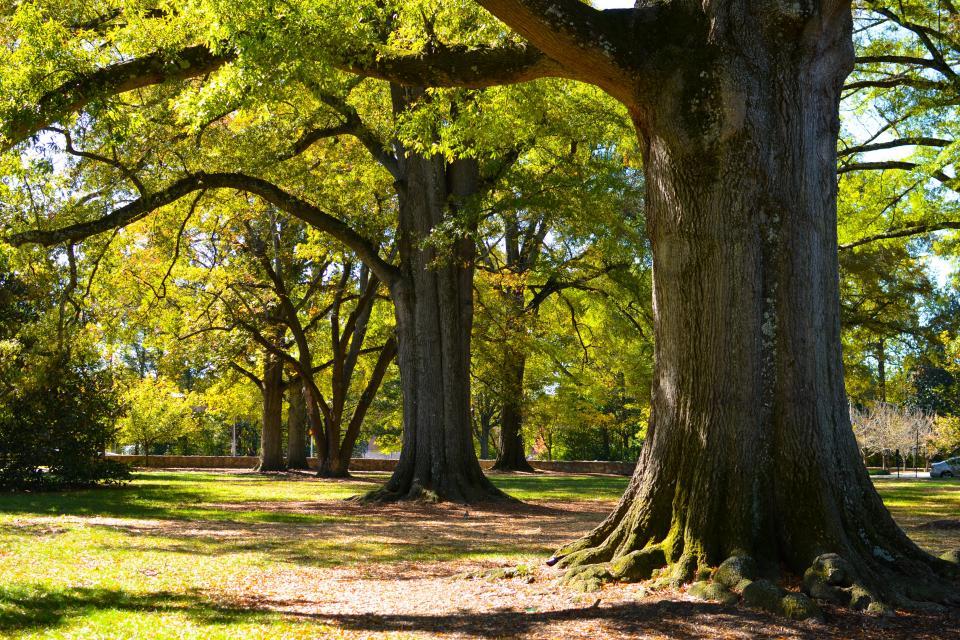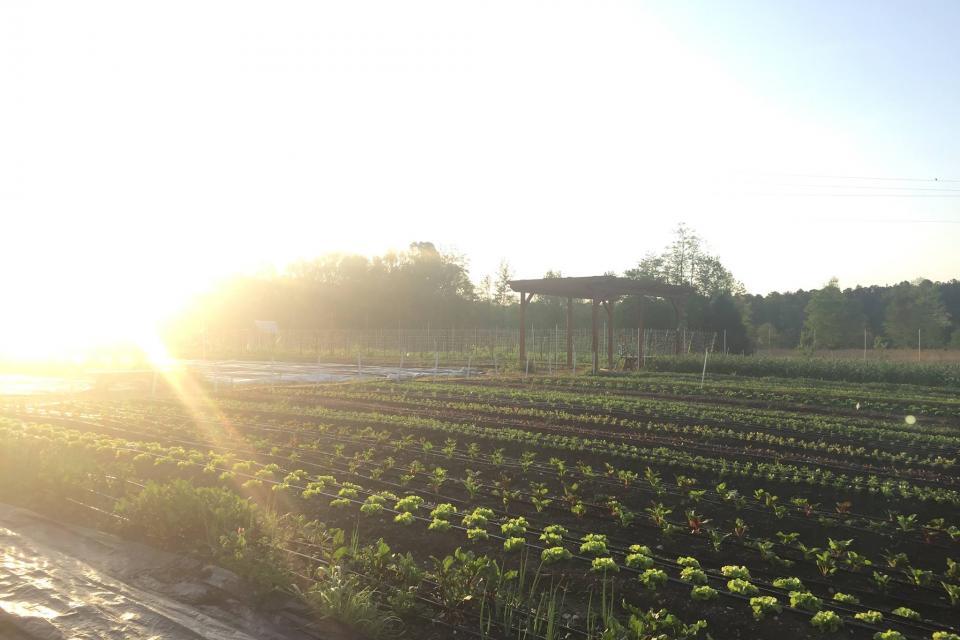

As the steward of more than 9,000 acres of land in the heart of a rapidly growing metropolitan area, Duke takes great care to preserve the natural environment. This includes the 7,000 acre Duke Forest, the 55 acre Duke Gardens, and nearly 1,300 acres between Duke’s West, East, and Central campuses. Throughout these 9,000 acres there is a rich diversity of trees, twelve Natural Heritage sites, and the Duke University Marine Lab.
University in the Forest
At the founding of Duke University in 1924, it was deemed a “university in the forest.” Between Duke Forest, Duke Gardens, and tens of thousands of trees on campus, it is easy to see why.
Duke Forest
The Duke Forest, owned and operated by Duke University, is a 7,000 acre research and teaching forest established in 1931. Over the past 90 years, Duke Forest has grown and evolved into a sustainably managed, mixed-use forest, which includes student and faculty research plots, miles of trails for community use, and Forest Stewardship Council (FSC) certified timber harvesting operations.

Duke Forest is also home to the Duke Campus Farm, which is a 1-acre working farm that provides locally-grown food and educational opportunities to learn about the local food system.
Duke Gardens
One of the most popular destinations at Duke University is the Sarah P. Duke Gardens with over 600,000 annual visitors. The 55 acre Duke Gardens is home to the Blomquist Garden of Native Plants, the Culberson Asiatic Arboretum, and the picturesque Terrace and Historic Gardens.

Grounds Management
When Duke was being built, creating and maintaining a beautiful landscape to surround campus buildings was a central priority. Campus is lined with large oak trees that give Duke University a real sense of place. These oak trees among more than hundreds of other tree, shrub, and flower varieties are maintained by Duke Facilities Department’s Grounds crew. Some of the best examples of sustainable landscaping are below: